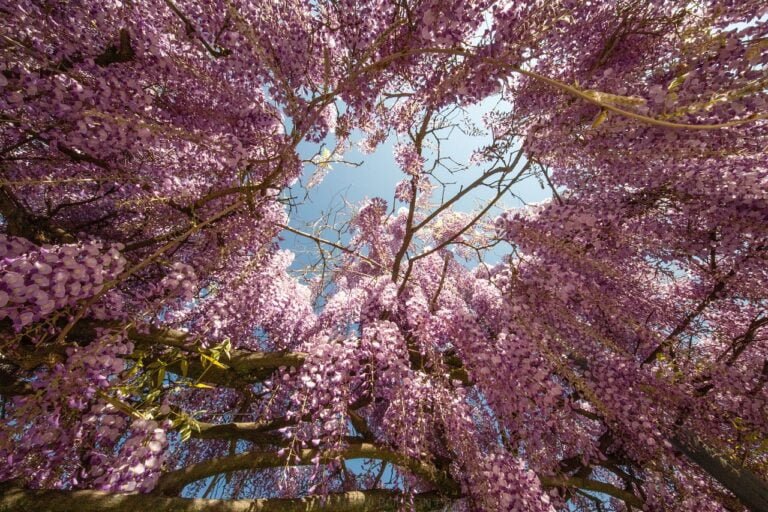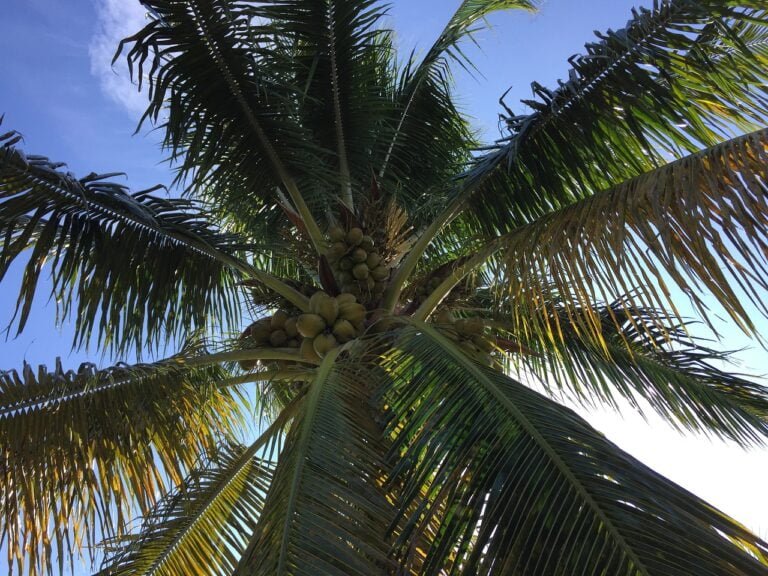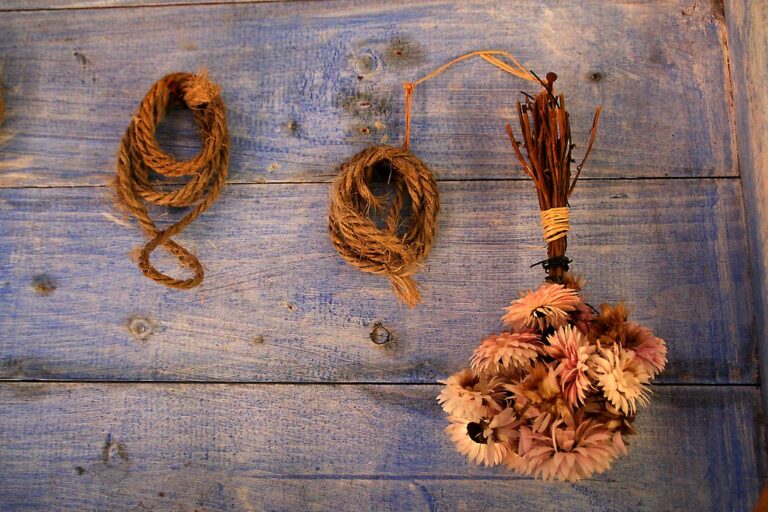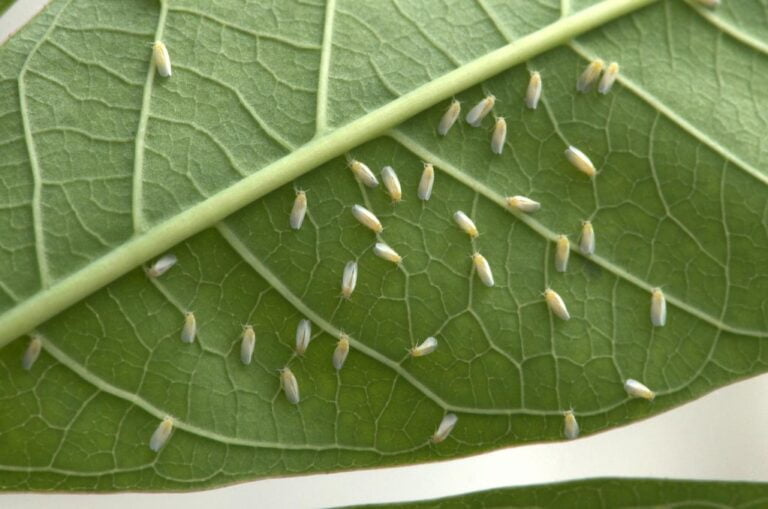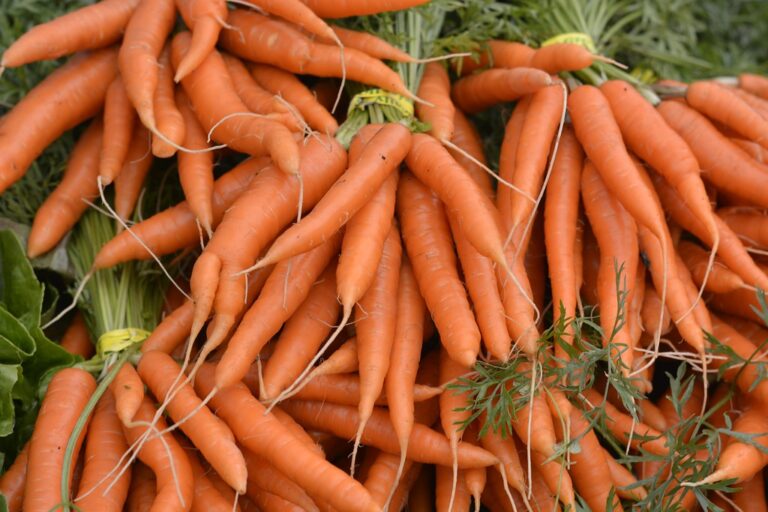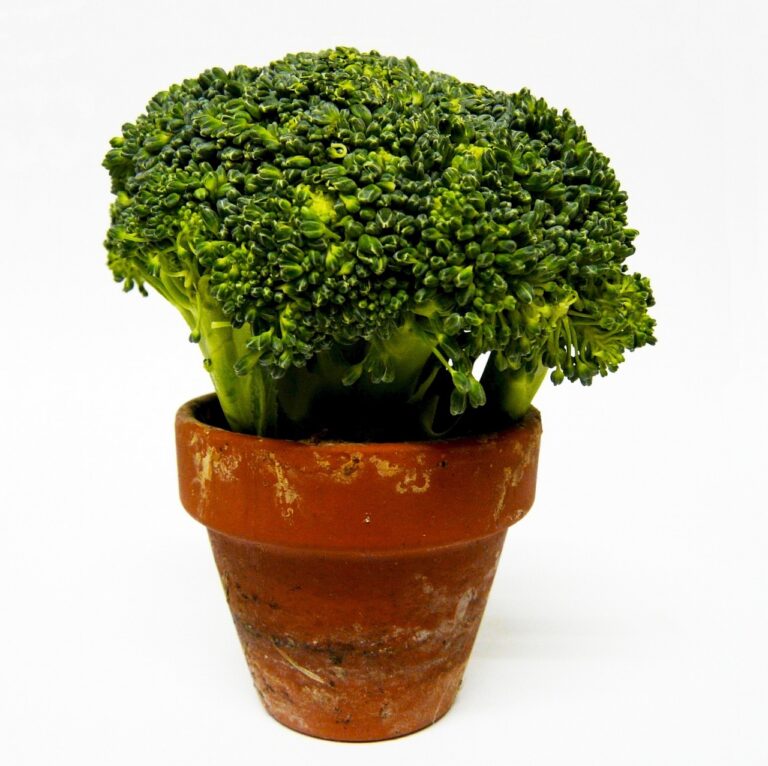Exploring Container Evergreen Plants: A Comprehensive Guide
Exploring container evergreen plants offers endless design possibilities. Consider growth rates and sunlight needs when selecting. Evergreens like Dwarf Alberta Spruce and Green Velvet Boxwood thrive in containers. Guarantee proper drainage to prevent root rot. Focus on watering, sunlight, and soil health for success. Experiment with plant combos for visual impact. Choose fertilizers carefully in spring. Early care promotes healthy growth. Varieties like Teddy Bear Magnolia add uniqueness. These plants provide year-round beauty with minimal care. Further insights on maintenance, design tips, and plant varieties await for enthusiasts like you.
Selecting Evergreen Plants for Containers
When selecting perennial plants for containers, it’s important to consider the growth rate and mature size of the varieties to guarantee a sustainable and visually appealing display. For winter interest, consider evergreen plants like Dwarf Alberta Spruce or Green Mountain Boxwood. These evergreens maintain their foliage all year round, adding a touch of green to your winter garden. When planting in pots, make sure they have adequate drainage holes to prevent waterlogging, using a well-draining potting mix specifically designed for container gardening.
Opt for evergreen plants with a compact growth habit, requiring minimal care and maintenance. Varieties like Green Velvet Boxwood or Carolina Sapphire Cypress fit this criterion well. These plants not only stay small enough for containers but also offer interesting textures and colors, enhancing the visual appeal of your display.
Additionally, selecting evergreens that thrive in the sunlight conditions of your specific location is important. Teddy Bear Magnolia, for example, prefers full sun to partial shade. Understanding the watering needs of each plant is also vital to prevent issues like overwatering or underwatering. By considering these factors when choosing evergreens for your containers, you can create a long-lasting and vibrant display that brings beauty to your outdoor space all year round.
Container Gardening Tips for Success
To ensure successful container gardening with evergreen plants, proper attention to watering, sunlight exposure, and soil compaction is vital. Sufficient drainage holes in containers are essential to prevent waterlogging and root rot in evergreen plants. Adjusting the watering frequency based on the specific plant type and seasonal requirements is pivotal for ideal growth. Initially, watering after planting is a key step for the survival and establishment of evergreen plants in containers. Ensuring proper sunlight exposure according to the plant’s light preferences is necessary to maintain plant health and vigor.
Firmly pressing the soil around evergreen plants in containers is advantageous as it helps prevent water wastage and promotes root stability. This practice supports plant establishment and overall health. By compacting the soil gently, you create a stable environment for the roots to develop and thrive. Keep in mind that different evergreen plants have varying needs, so it’s essential to research and understand the specific requirements of the plants you are growing in containers. By following these tips and techniques, you can create a flourishing container garden filled with healthy and vibrant evergreen plants.
Designing With Evergreen Container Plants
When designing with perennial container plants, contemplate plant selection tips to guarantee a balanced mix of thrillers, fillers, and spillers for a visually appealing arrangement. Experiment with color combinations to create dynamic contrasts or harmonious schemes that fit your aesthetic preferences. Consider container placement ideas that display the unique shapes, textures, and colors of evergreens to amplify the overall visual impact of your container garden.
Plant Selection Tips
When selecting perennial plants for container designs, it is essential to consider factors such as growth rate, height, and shape to guarantee a visually pleasing and well-balanced composition. For evergreen plants in containers, think about incorporating complementary colors and textures to create an attractive arrangement. To achieve a harmonious look, mix thrillers (upright plants), fillers (medium-height plants), and spillers (trailing plants) in your container design. Pay attention to the size and scale of evergreens to make sure they complement each other well. Additionally, vary the foliage types of evergreens in your container gardens by combining needle-like and broad leaves for added interest and diversity. These considerations will help you create stunning and dynamic container displays.
Color Combinations
Considering the vast array of color possibilities, designing with perennial container plants allows for enchanting and varied color combinations. Pairing blue-toned conifers like Blue Point Juniper with golden-hued plants such as Gold Mound Spirea creates striking contrasts. To add visual interest, incorporating variegated foliage plants like Euonymus Emerald ‘n’ Gold alongside dark green Boxwood can be effective. Mixing different textures, such as the feathery foliage of Hinoki Cypress with the glossy leaves of Holly Oak, results in dynamic color and texture combinations. Including plants with seasonal color changes, like Nandina domestica ‘Firepower’ with its vibrant red fall foliage, can bring added vibrancy to evergreen container displays. Experimenting with vibrant foliage combinations can enhance the overall aesthetic appeal of your container garden.
Container Placement Ideas
How can you strategically position perennial plants in containers to enrich your garden design? When working with evergreens in containers, think about their placement to maximize visual impact. Placing taller evergreens at the back of the container creates a perfect backdrop for smaller, colorful plants in the front. Consider the shapes of both the plants and the pots when arranging them – pairing complementary shapes improves the overall look. For mixed containers, positioning the evergreen plant in the center can anchor the design and provide a focal point. Make sure that the evergreens are visible from all angles to maintain balance in your arrangement. Remember, pot orientation is key for best visibility, especially in outdoor spaces where different viewpoints come into play.
Planting and Caring for Evergreens
To guarantee the health and vitality of container-grown evergreens, it is essential to choose a well-draining soil mix enriched with perlite or sand to prevent root rot and compaction. Evergreens in containers rely on this type of soil to thrive, as it allows excess water to drain away efficiently, preventing waterlogging that can harm the roots. Regularly monitoring the soil pH levels and moisture content is vital for maintaining the ideal growing conditions for container-grown evergreens.
When it comes to watering, it is best to water evergreens when the soil feels dry to the touch. This practice ensures that the plants receive adequate moisture without risking overwatering. Proper water drainage is key to preventing issues related to water accumulation at the bottom of the container.
Fertilization is another aspect to take into account when caring for evergreens in containers. It is advisable to fertilize sparingly, using a balanced fertilizer in the spring to support the growth and overall health of the plants. Opt for slow-release or liquid fertilizers, following the instructions on the plant label to avoid over-fertilizing, which can lead to root damage. By following these guidelines and being attentive to the specific needs of container-grown evergreens, you can foster healthy and thriving plants in your garden.
Managing Soil and Fertilizer for Evergreens
Using a landscape mix designed for containers is important for ensuring proper drainage and preventing root rot in evergreen plants. When selecting soil mixes for container plants, opt for those that meet the drainage needs of evergreens to avoid waterlogging issues that can lead to root rot. Time-release fertilizers are helpful for providing essential nutrients gradually over an extended period, supporting the health and growth of evergreen plants.
For evergreen plants in containers, applying fertilizer during the initial planting and again in early spring is essential for promoting healthy development. Different soil mixes are available to cater to various drainage requirements, allowing for customized care based on the specific needs of evergreens. Reapplying fertilizer annually or biannually is recommended to maintain the vitality of evergreen plants in containers.
Popular Evergreen Plant Varieties
Among the favored evergreen plant varieties suitable for containers, Dwarf Alberta Spruce, Green Velvet Boxwood, Teddy Bear Magnolia, and Kewensis Euonymous stand out for their low-maintenance characteristics and year-round appeal. Dwarf Alberta Spruce is superb for adding height to container gardens, while Green Velvet Boxwood and Green Mountain Boxwood bring a hint of timeless sophistication. The distinctive feature of Teddy Bear Magnolia lies in its fuzzy brown undersides, adding a delightful element to any arrangement. Kewensis Euonymous, on the contrary, offers a cascading effect, perfect for softening the edges of containers.
Blending these favored evergreen varieties allows for a diverse range of shapes, textures, and colors in container garden designs. Whether you prefer the conical form of Dwarf Alberta Spruce, the lush green foliage of Green Velvet Boxwood, the fuzzy texture of Teddy Bear Magnolia leaves, or the trailing beauty of Kewensis Euonymous, these plants provide flexibility for creating visually appealing container displays.
With their ability to flourish with minimal care and provide year-round interest, these favored evergreen varieties are preferred choices for container gardening enthusiasts looking to maintain attractive outdoor spaces throughout the seasons.

